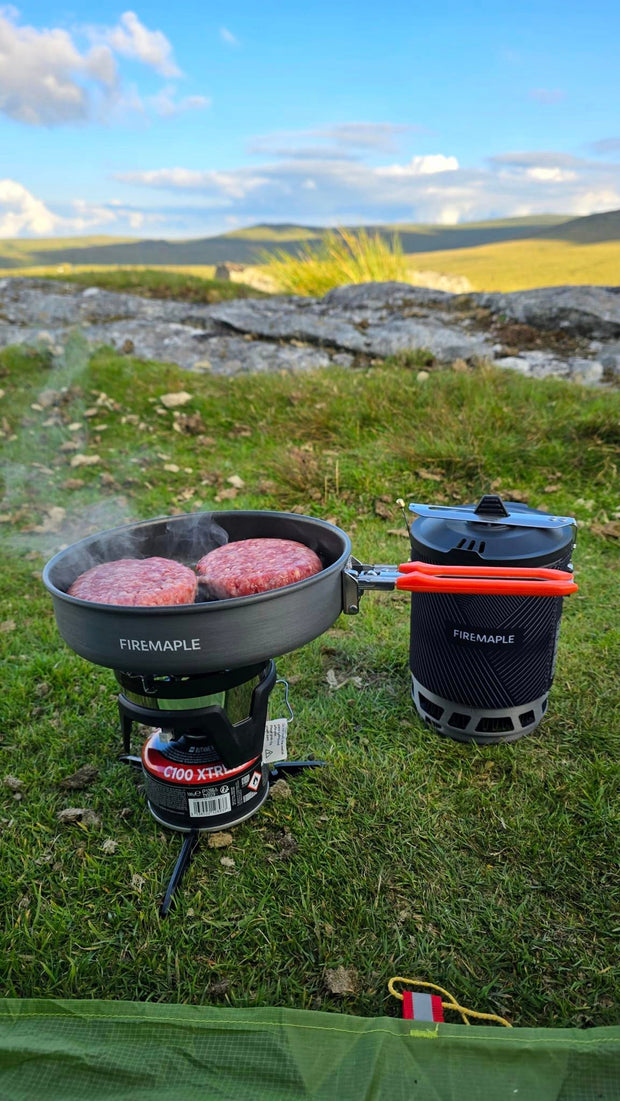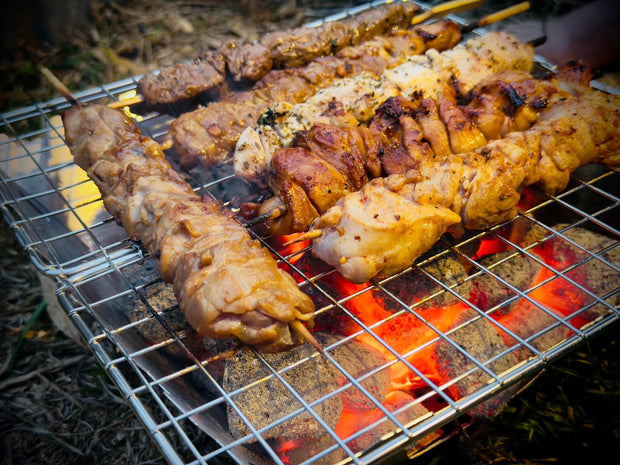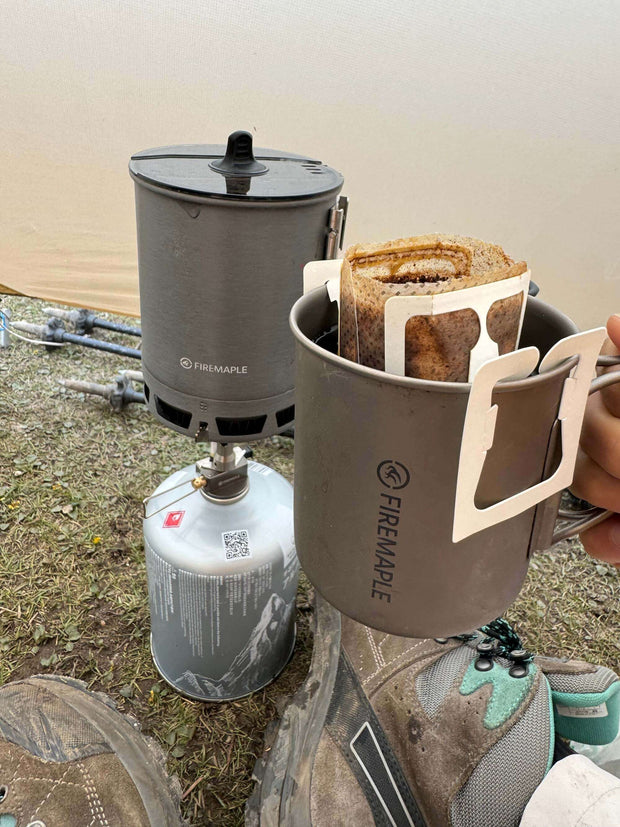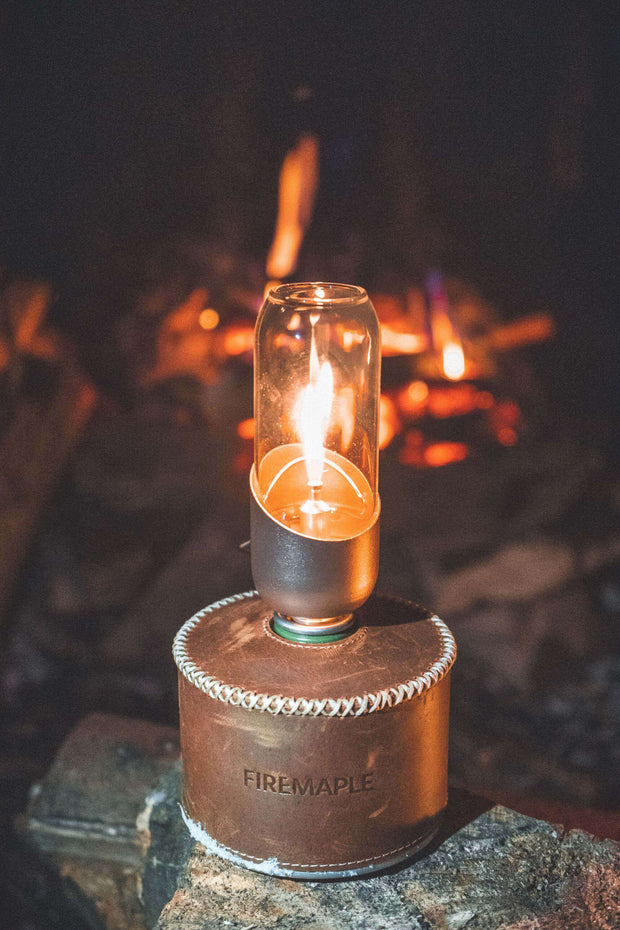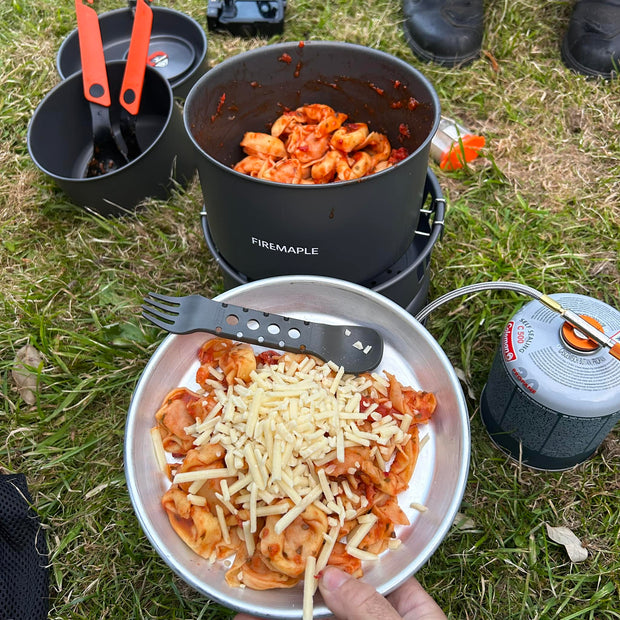-
Fuel Type and Efficiency
Choosing the right fuel type for your outdoor stove is crucial for performance and convenience. Common options include propane, butane, liquid fuel, and solid fuel tablets. Propane is widely available and user-friendly, butane is lightweight and great for backpacking, liquid fuel performs well in extreme conditions but needs more maintenance, and solid fuel tablets are ultra-light but may have lower heat output. Efficiency, indicated by BTU ratings, determines how quickly and effectively your stove cooks meals, affecting both fuel consumption and cooking time.
-
Size and Weight
Size and weight are essential considerations, particularly for those who need to carry their stove while hiking or backpacking. Compact and lightweight stoves are ideal for minimizing load and ensuring easy portability without compromising on performance. Conversely, larger stoves with multiple burners are better suited for car camping or family trips, offering ample cooking space and power for preparing meals for larger groups. Balance the need for portability with your cooking requirements to find the right fit.
-
Cooking Power and Versatility
Cooking power, measured in BTUs, influences how quickly and efficiently a stove can prepare food. Higher BTU stoves offer faster cooking times but consume more fuel. Versatility refers to the stove's ability to accommodate different cooking styles and needs, with features like multi-burner setups for simultaneous cooking and adjustable flame control for precise simmering or boiling. Some stoves also come with additional features such as grill attachments or windshields to enhance performance in varied conditions.
-
Ease of Use and Maintenance
A user-friendly and low-maintenance stove can significantly enhance your outdoor cooking experience. Look for stoves with simple ignition systems, such as push-button or auto-ignition, eliminating the need for matches or lighters. Sturdy construction and stable legs ensure safety during use, while removable parts and easy-to-clean surfaces simplify maintenance. Additionally, ensure that fuel canisters are readily available to keep your stove in good working condition throughout your camping trips.



